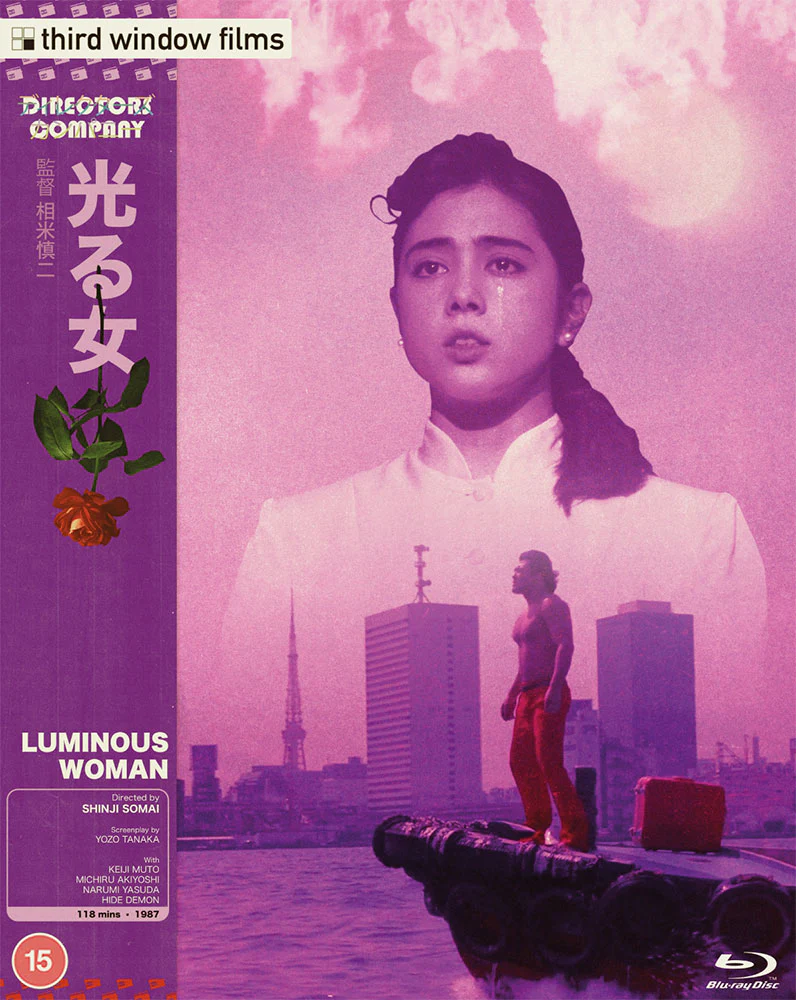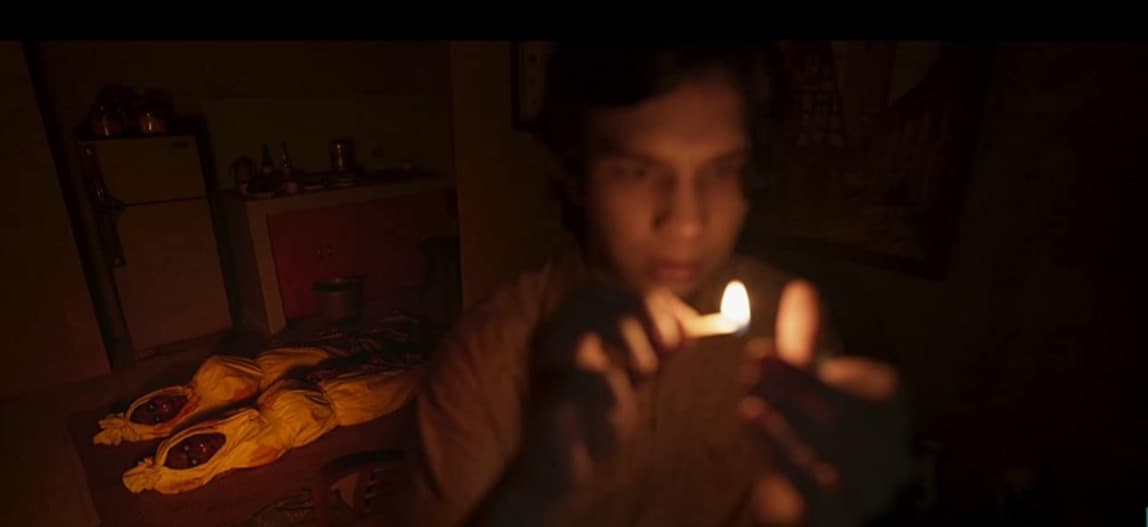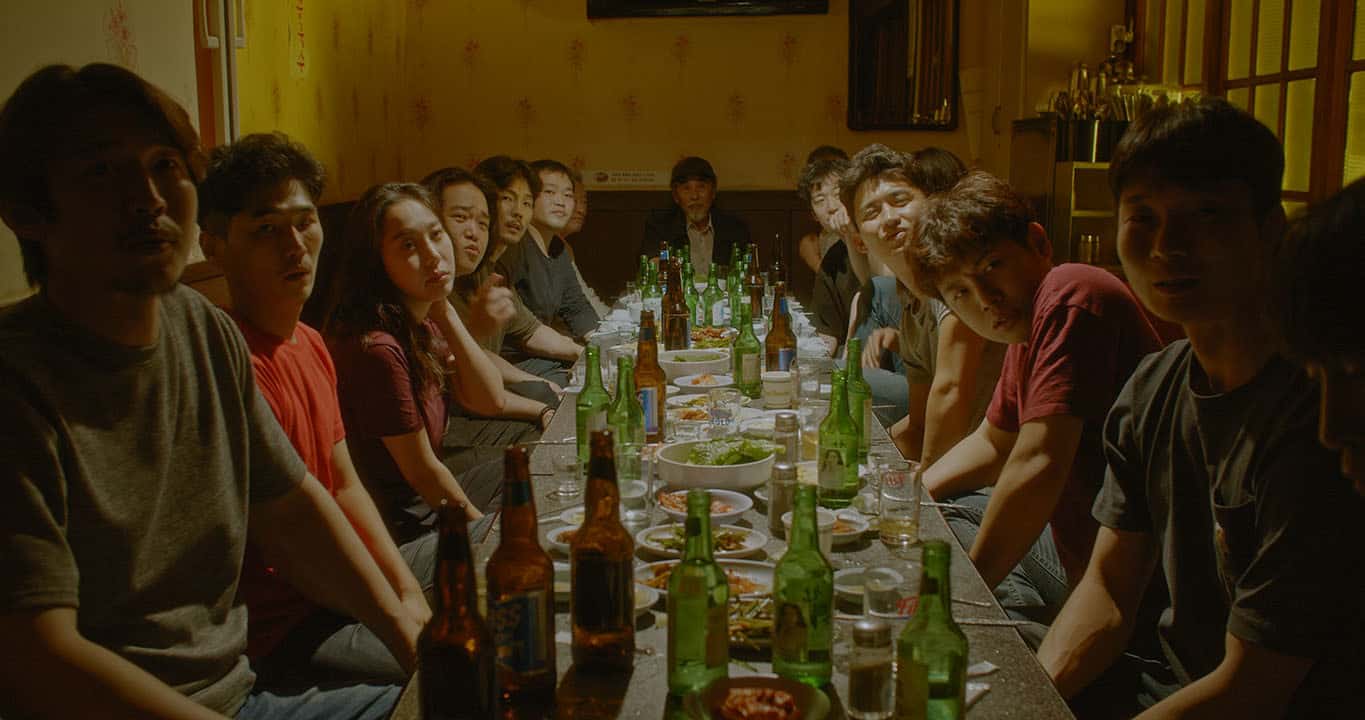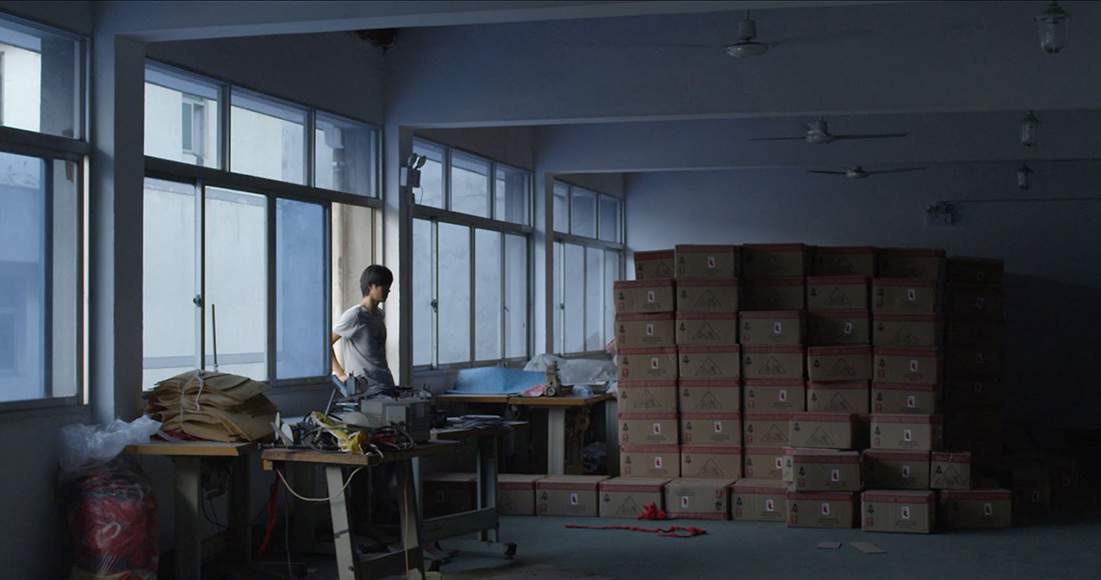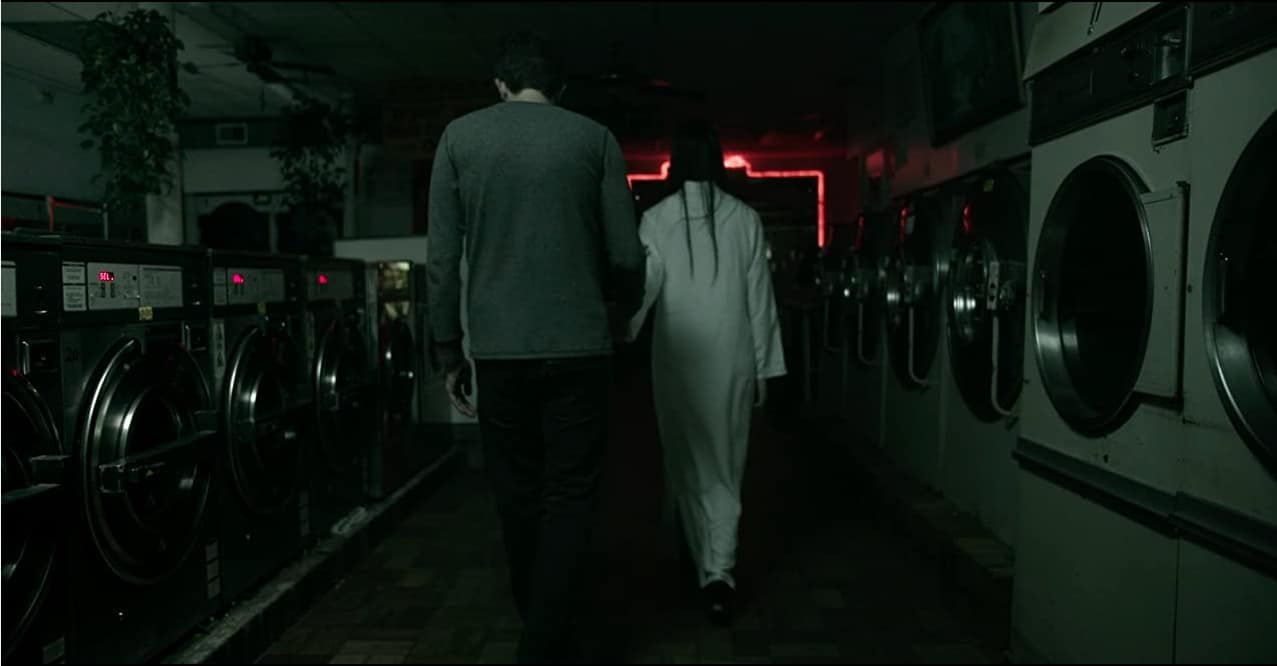Within Shinji Somai's esteemed cinematic repertoire, revered for masterpieces like “Typhoon Club” (1985) and “Moving” (1993), lies a lesser-known gem awaiting rediscovery: “Luminous Woman” (1987). Previously elusive and commanding exorbitant prices for out-of-print, unsubtitled copies, the film now emerges revitalized. Scheduled for release on May 20, 2024, this renaissance of “Luminous Woman” boasts not only a new 2K remaster sourced from the original negatives but also an array of supplementary features (making-of, deleted scenes). Audiences now have a rare opportunity to delve into this enigmatic, unconventional surrealist and romantic tale.
Buy This Title
on Terracotta by clicking on the image below
In “Luminous Woman”, Sensaku, a hulking figure portrayed by pro-wrestler Keiji Mutô, embarks on a fervent quest from the rustic landscapes of Hokkaido to the dilapidated outskirts of Tokyo to reunite with his beloved fiancée, Kuriko (Narumi Yasuda). His journey leads him to an unusual nightclub, where he encounters Shiriuchi (Kei Suma), who agrees to provide him with a lead to find Kuriko in exchange for Sensaku's participation in gladiatorial combat. Along his journey, Sensaku encounters other wandering and marginalized figures in despair, such as the opera singer Yoshino (Michiru Akiyoshi), who has seemingly lost her ability to sing due to oppression by Shiriuchi, and Akunuma (Hide Demon), a fisherman from Nemuro who cannot recover from his wife's abandonment and ultimately perishes in the flames of a bus he set ablaze. As he navigates this surreal landscape, Sensaku confronts the existential abyss of a Tokyo teetering on the brink of moral decay, where primal struggles and operatic performances serve as macabre spectacles for societal validation. Through Shinji Somai's direction, the film oscillates between naturalism and stylization, melodrama and farce, crafting a narrative tapestry that resonates with depth and ambiguity.
The fusion of the macabre and the fairy-tale in “Luminous Woman” offers an immersive cinematic experience. The combat arena, illuminated by small lights and halo effects, transforms into a surreal theater where brutal fights unfold against a backdrop of opera airs. This unexpected juxtaposition creates an atmosphere that is both disturbing and enchanting, where the tension between beauty and violence is constantly palpable.
The opening scene sets the tone: a man advances through a junkyard, only to encounter a woman singing opera, perched on a pile of household waste. This initiates a story with enough mystery and attention-grabbing elements, but this dialectic of the mundane and the noble, the domestic and the trash, the wandering and the settled, the high ground and the ground level (and therefore, the high and low angles), is already laden with meaning regarding Shinji Somai's work on the materialistic abstraction in his social dramas. The scene serves as a surrealistic prelude, where abandoned washing machines foretell an apocalyptic scenario, and opera emerges as a consumer product akin to fridges and bicycles. It is noteworthy that many TVs are visible among the garbage, and Sensaku takes one to sit on, serving as a prelude to the critique of television spectacle that will be at work. The long focal length filming, with its strange purple hues, immerse us in a form of dreaminess before the junkyard is fully revealed.
The characters, notably Sensaku and Yoshino, embody contrasting elements of the grotesque and the poetic. Sensaku, likened to King Kong, juxtaposes his beastly appearance and dazed demeanor with aspirations of romance (flowers and poetry). Meanwhile, Yoshino, the fallen opera singer, epitomizes fragility and resilience, her vocal talent serving as both her strength and her vulnerability. Oppressed by the dark forces of Tokyo, she finds an unexpected ally in Sensaku, whose presence awakens long-buried emotions in her. Their evolving relationship offers a glimmer of hope amidst the darkness of the central narrative.
Finally, the character of Shiriuchi represents evil in its most insidious form, exerting tyrannical control through manipulation, drugs, sex, and violence. The film serves as a scathing critique of contemporary Japanese society, shedding light on social inequalities, corruption, and moral decay plaguing Tokyo. The city itself transcends its role as a mere backdrop, emerging as a character in its own right—an oppressive and hostile entity that shapes the protagonists' destinies. Tokyo is characterized by a striking duality, oscillating between beauty and ugliness, the fantastical and the grotesque. On one hand, the city is glorified by its twinkling lights, imposing skyscrapers, and bustling neighborhoods, evoking a sense of magic and endless possibility. On the other hand, it is also portrayed as a dark and sinister place, where corruption, violence, and disillusionment reign supreme.
However, certain scenes in “Luminous Woman” have aged problematically, particularly Sensaku's portrayal, which presents challenges in reconciling his naive appearance and aggressive behavior towards women with contemporary sensibilities.
At the core of “Luminous Woman” is Keiji Mutoh's outstanding performance, known as the Great Muta in wrestling circles. Before becoming a major star in 90s wrestling, Mutoh delivered a memorable portrayal, infusing Sensaku with his theatrical style. His transition from the ring to the screen adds a unique dimension, illustrating the connection between wrestling and cinema, enriching the theme of spectacle.
The screenplay, crafted by Yozo Tanaka, offers profound narrative depth. Drawing from his experience as a screenwriter for iconic films like Seijun Suzuki's “Branded to Kill,” Tanaka weaves a complex tale of self-discovery and love in Tokyo, deftly exploring themes of oppression, urban decay, and resilience.
The visual design plays a pivotal role in the film's aesthetic appeal. The baroque sets of the underground club and the conceptual sequences create a captivating atmosphere, defying expectations. Somai's bold directorial choices and innovative use of space immerse the audience in a familiar yet strange world. Furthermore, the omnipresent opera music by Nariaki Saegusa enhances the movie's atmosphere, adding a tragic and theatrical dimension to the narrative's emotional depth.
Overall, the ambiance and aesthetics of “Luminous Woman” are essential elements of its cinematic appeal. By blending the macabre with the fantastical, Somai manages to create a captivating visual and auditory universe where beauty and brutality collide in an enchanting dance.



